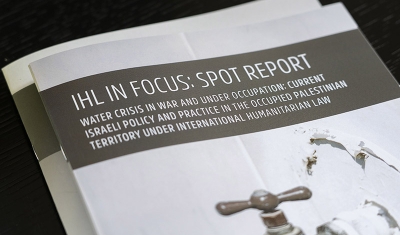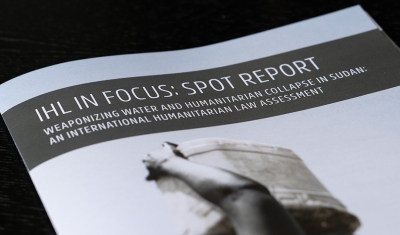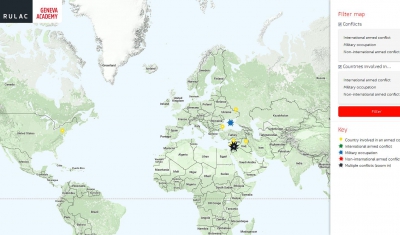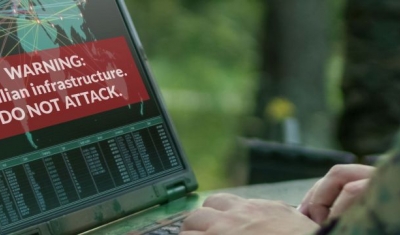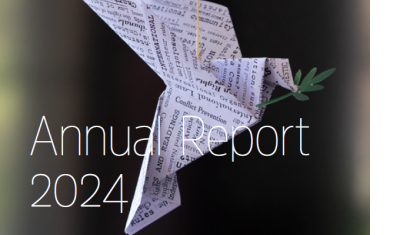The International Armed Conflict between India and Pakistan over Kashmir Added to our RULAC Online Portal


Jesse Rapczak
30 October 2018
Our Rule of Law in Armed Conflicts (RULAC) online portal provides a detailed analysis and legal classification of the international armed conflict (IAC) between India and Pakistan over Kashmir.
Visitors can discover an overview of the conflict since its inception in 1947, recent developments, the factual and methodological basis for its classification as an IAC, parties to this conflict and the applicable international law.
‘The disputed status of Kashmir has been a source of conflict between India and Pakistan for more than 70 years, with a devastating impact on the civilian population’ stresses Chiara Redaelli, Research Fellow at the Geneva Academy.
‘The threshold for classifying a situation as an IAC is very low: whenever there is resort to violence between two states, there is an IAC’ underlines Chiara Redaelli. ‘Hence, although there is no fully fledged war between India and Pakistan, international humanitarian law of IACs continues to apply between the two countries due to regular border skirmishes and ceasefire violations that have increased since 2013’ she adds.

About RULAC
Initiated in 2007, RULAC is an online portal that systematically qualifies situations of armed violence using the definition of armed conflict under international humanitarian law (IHL). While RULAC is still under development and new entries continue to be regularly added, it currently monitors more than 26 armed conflicts involving at least 39 states that visitors can discover either by browsing the map or by browsing conflicts by type or region.
‘The RULAC database is unique in the world in that it legally classifies situations of armed violence that amount to an armed conflict under international humanitarian law (IHL)’ underlines Marco Sassòli, Director of the Geneva Academy.
‘This is crucial because IHL applies only in armed conflicts. Before humanitarian players, civil servants or academics can invoke IHL or analyze whether IHL was violated, they must know whether it applies. Outside armed conflicts, only international human rights law applies’ he adds.





